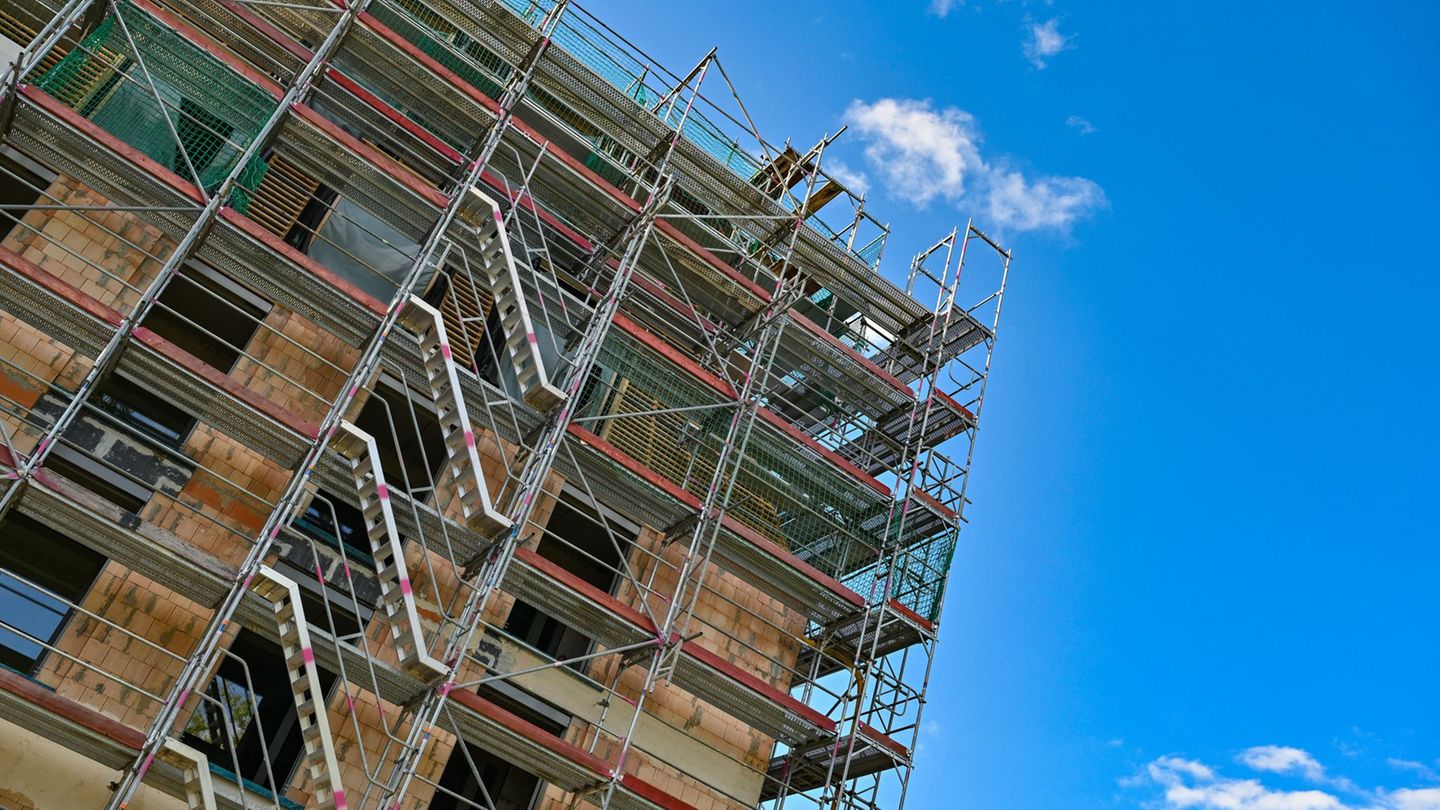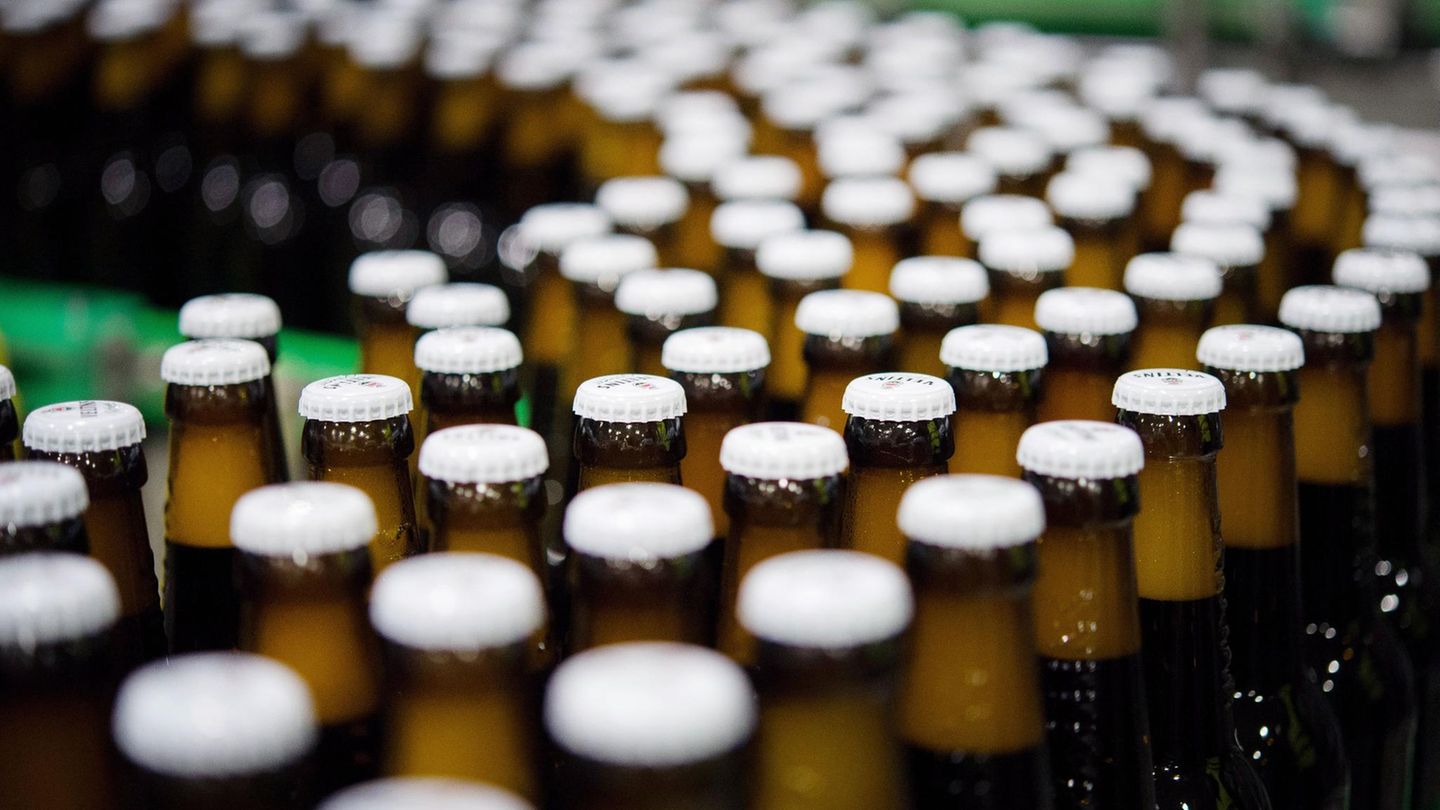Formula 1 without a race in Monaco seems unthinkable. The classic in the glamorous principality has been set since the 1950s. This could change soon.
The fact that quite a few Formula 1 drivers live in Monaco is not necessarily due to the special beauty of the densely built-up principality or the special motorsport tradition. Security, discretion and tax advantages ensure that record world champion Lewis Hamilton as well as the current champion Max Verstappen, the German Nico Hülkenberg and young star Lando Norris have a place of residence in the city-state on the Mediterranean coast.
All of them will have a home race on Sunday (3 p.m./Sky) at the most special Grand Prix of the year. But whether this will continue in the future seems more uncertain than ever. Monaco was already the venue for the first Formula 1 year in 1950, and the classic has been on the calendar every year since 1955. But the future is only secured until 2025, and negotiations beyond that will be difficult. What speaks for and against more races in Monaco?
Per
The tradition: The fact that every Formula 1 driver wants to win in Monaco is also due to the unique history. The Grand Prix, with its great driving challenges in the narrow streets, is one of the oldest and most traditional races in motorsport, which is also known even to people who otherwise have little to do with the horsepower scene. Juan Manuel Fangio, Niki Lauda, Ayrton Senna, Michael Schumacher – they have all won and thus contributed their part to the myth.
The glamour: The huge yachts are lined up close together again in the impressive harbor this week, superstars from Cristiano Ronaldo to Kylie Minogue to Brad Pitt are regular guests in the paddock. How special the race weekend on the Côte d’Azur is becomes clear at first glance. Hardly any sporting event in the world is as much in the focus of the rich and famous in spring as this one. Accordingly, a lot of attention is being generated in the principality these days.
The driver is challenged: the guard rails are very close, mistakes are severely punished. The course doesn’t give last year’s winner Verstappen and Co. any break. In Monaco, precision at the wheel is required, especially in the hunt for pole position. “You can feel that your heartbeat is a little higher every time on the qualifying lap than on another track. There’s a lot of adrenaline,” said Verstappen last year. The drivers love that, which is why former champion Fernando Alonso also said: “Monaco always belongs in the racing calendar.”
The fan factor: Anyone who wants to see Verstappen’s Red Bull or Hamilton’s Mercedes up close has to pay hundreds of euros, but at least they get an almost unique experience. The spectators appreciate the special proximity to the track; it is only a few meters to the asphalt. This is not possible anywhere else due to the safety precautions on classic slopes. Also unusual: Spectators can walk the route in the evening; it does not remain closed all weekend.
Cons
Boredom: The biggest problem for the future of the Grand Prix in Monaco is the lack of excitement on race day. On the shortest route of the season at 3.337 kilometers, overtaking on a narrow strip of asphalt is hardly possible. This is not only due to ever wider cars, but also to the organizers’ unwillingness to change anything. Adjustments to the course seem possible. There would be the possibility of designing a zone for easier overtaking in the area of the famous swimming pool, but this has so far always been rejected. And so the person who is in first place on the grid usually wins.
The racing calendar: Formula 1 is on an expansion course. The applicants for new World Cup races are pushing into the market with a lot of money, while old ones have to defend their place. Monaco has enjoyed financial advantages in the past and paid significantly less entry fee than other places. “Monaco is there because of its heritage and its history. That’s all,” Red Bull team boss Christian Horner said: “The crown jewel also has to move with the times. If you stand still, you go backwards.” It is not impossible that Monaco will lose its place in the racing calendar, but it is also conceivable that from 2026 there could only be a Grand Prix every two years.
The snooty: The appearance of the Automobile Club de Monaco as an organizer is viewed critically within Formula 1. Challenges such as little space and complicated logistics in the town of 38,000 residents mean that many in the area don’t particularly like coming to Monaco for their work. While the ACM believes that the Grand Prix is the only perfect event in the Formula 1 year and that others should learn from them, the reality is different. Changes remain difficult in order to make the event fit for the challenges of the future. “In the medium and long term, Monaco has to come up with solutions so that we want to come back here,” said ex-Haas team boss Günther Steiner.
Source: Stern
I am Pierce Boyd, a driven and ambitious professional working in the news industry. I have been writing for 24 Hours Worlds for over five years, specializing in sports section coverage. During my tenure at the publication, I have built an impressive portfolio of articles that has earned me a reputation as an experienced journalist and content creator.




